Empagliflozin 25 mg Tablet: Uses, Benefits, Dosage and Mechanism of Action.
Apr 05, 2025
What is Empagliflozin?
Empagliflozin 25mg i an oral medication belonging to the SGLT2 inhibitor class, primarily used to manage type 2 diabetes mellitus. It functions by blocking the sodium-glucose co-transporter-2 (SGLT2) proteins in the kidney, thereby reducing glucose reabsorption and increasing glucose excretion in the urine. This mechanism helps in lowering elevated blood sugar levels, a core issue in diabetes. Unlike many traditional antidiabetic drugs, Empagliflozin 25 mg also contributes to weight loss and mild blood pressure reduction, making it a multifaceted agent in diabetes therapy.
Historical Background and Development
Empagliflozin was developed as part of an effort to find novel antidiabetic therapies that act independently of insulin pathways. Approved by the FDA in 2014 under the brand name Jardiance, it quickly gained attention not only for its glucose-lowering capabilities but also for cardiovascular benefits observed in major clinical trials. Its development represented a shift in diabetes care, focusing not only on glycemic control but also on reducing cardiovascular risks.
Drug Class and Mechanism of Action
Empagliflozin 25 mg Tablet is a selective inhibitor of the SGLT2 protein located in the proximal renal tubules. These proteins reabsorb the majority of filtered glucose back into the bloodstream. By inhibiting SGLT2, Empagliflozin 25 mg substitute prevents glucose reabsorption and promotes its excretion through urine. This insulin-independent mechanism allows for better glucose control without the risk of hypoglycemia, especially when used as monotherapy. Additionally, it offers diuretic effects, leading to reduced blood pressure and improved cardiovascular outcomes.
Medical Uses and Indications
Management of Type 2 Diabetes Mellitus
Empagliflozin is primarily indicated for the treatment of type 2 diabetes in adults. It is often used when diet and exercise alone do not provide adequate glycemic control. It can be prescribed as monotherapy or in combination with other antidiabetic agents such as metformin, DPP-4 inhibitors, or insulin. Its use results in improved HbA1c levels, fasting blood glucose, and postprandial glucose levels, all of which are critical in long-term diabetes management.
Cardiovascular Risk Reduction
One of the most significant benefits of Empagliflozin is its ability to reduce the risk of cardiovascular death in patients with type 2 diabetes and established heart disease. Studies like the EMPA-REG OUTCOME trial have demonstrated a reduction in cardiovascular mortality, hospitalization for heart failure, and overall mortality. This makes Empagliflozin a dual-action drug that not only manages blood sugar but also protects the heart.
Use in Chronic Kidney Disease (CKD)
Emerging research supports the use of Empagliflozin in patients with chronic kidney disease, especially those with diabetic nephropathy. It slows the progression of kidney damage by reducing intraglomerular pressure and improving renal hemodynamics. Its renoprotective properties have led to its inclusion in treatment guidelines for diabetic patients with impaired kidney function.
Potential Off-Label Uses
While officially approved for diabetes and heart failure, Empagliflozin is being investigated for off-label uses, including treatment of non-diabetic kidney disease and obesity. Some clinicians are exploring its role in managing polycystic ovary syndrome (PCOS) due to its weight-reducing properties. However, more studies are required to confirm these uses.
Emerging Research and Future Possibilities
Ongoing trials are examining the potential of Empagliflozin Tablet in conditions like heart failure with preserved ejection fraction (HFpEF), non-alcoholic fatty liver disease (NAFLD), and various inflammatory disorders. Its favorable metabolic profile suggests it could be useful beyond diabetes care in the near future.
.png)
Composition and Formulation
Available Dosages
Empagliflozin 25 mg dosage is commonly available in 10 mg and 25 mg oral tablets. The choice of dose depends on the patient's glycemic response, renal function, and coexisting conditions. Lower doses are typically initiated and can be escalated based on clinical outcomes and tolerance.
Common Brand Names and Combinations
The most widely recognized brand is Jardiance. It is also available in fixed-dose combinations:
-
Synjardy (Empagliflozin + Metformin)
-
Glyxambi (Empagliflozin + Linagliptin) These combinations improve convenience, reduce pill burden, and enhance compliance.
Extended vs Immediate Release Options
Currently, Empagliflozin is formulated as an immediate-release tablet, typically taken once daily. Research is ongoing for extended-release versions, which may provide smoother plasma levels and improved patient adherence in the future.
How Empagliflozin Works in the Body
Role of SGLT2 Inhibition
SGLT2 proteins are responsible for reabsorbing about 90% of filtered glucose in the kidneys. Empagliflozin selectively inhibits these proteins, causing glucose to be excreted via urine. This not only lowers blood glucose levels but also leads to caloric loss and mild osmotic diuresis.
Impact on Blood Glucose Levels
By promoting glucose excretion, Empagliflozin helps lower both fasting and postprandial glucose levels. Its insulin-independent action reduces the risk of hypoglycemia, making it a safe choice when used alone or with non-insulin therapies.
Effects on Weight and Blood Pressure
The loss of glucose (and therefore calories) contributes to modest weight loss. Additionally, the diuretic effect of the drug lowers blood volume and subsequently reduces systolic blood pressure. These effects make it beneficial for overweight or hypertensive diabetic patients.
Kidney Protection and Heart Health
Empagliflozin has shown protective effects on kidney function by decreasing albuminuria and slowing eGFR decline. It also reduces preload and afterload on the heart, leading to improved cardiac outcomes in patients with heart failure or cardiovascular disease.
Benefits of Empagliflozin
Glycemic Control Without Hypoglycemia
Unlike insulin or sulfonylureas, Empagliflozin does not stimulate insulin secretion, thereby posing a very low risk of hypoglycemia. This makes it particularly useful in elderly patients or those prone to hypoglycemic episodes.
Cardiovascular Benefits
Empagliflozin is the first antidiabetic drug to show a significant reduction in cardiovascular mortality. Its benefits extend to lowering the risk of heart failure-related hospitalizations and improving overall survival.
Renal Protective Effects
Chronic kidney disease is a common complication of diabetes. Empagliflozin slows its progression by reducing intraglomerular hypertension and proteinuria. It has been shown to delay the need for dialysis or transplantation in advanced cases.
Support in Weight Management
Weight gain is a common side effect of many antidiabetic drugs. Empagliflozin not only avoids this but actively promotes weight loss by excreting excess glucose. This supports better metabolic control and improves patient adherence.
How to Use Empagliflozin Safely
Recommended Dosage Guidelines
The standard starting dose is 10 mg once daily, which may be increased to 25 mg based on tolerance and glycemic response. Dose adjustments may be necessary in patients with renal impairment.
When and How to Take the Medication
Empagliflozin should be taken once daily, with or without food. It is best taken in the morning to align with its diuretic effect and reduce the risk of nighttime urination.
Drug Interactions to Be Aware Of
While generally safe, Empagliflozin can interact with certain drugs:
-
Diuretics: May increase risk of dehydration
-
Insulin or sulfonylureas: May enhance hypoglycemia risk
Interactions with Insulin or Sulfonylureas
When combined with insulin or sulfonylureas, blood glucose should be closely monitored to avoid hypoglycemia. Dose adjustments may be needed.
Combination with Other Oral Antidiabetics
Empagliflozin works well with metformin, DPP-4 inhibitors, and GLP-1 analogues. These combinations can provide complementary benefits in controlling glucose, weight, and cardiovascular risk.
Side Effects and Precautions
Common Side Effects
-
Increased Urination
-
Urinary Tract Infections
-
Genital Infections (especially in women)
-
Mild Dehydration
-
Thirst
Serious Adverse Reactions
Though rare, some serious risks include:
-
Diabetic ketoacidosis (DKA)
-
Severe urinary tract infections
-
Fournier’s gangrene (a rare genital infection)
Warnings and Precautions
Patients should be monitored for signs of dehydration, especially in hot climates or with concurrent diuretic use. Regular kidney function tests are recommended.
Risks of Diabetic Ketoacidosis (DKA)
Empagliflozin can trigger euglycemic DKA, a condition where blood sugar is normal but ketones are elevated. This is more common during illness, fasting, or surgery.
Genital and Urinary Tract Infections
Due to increased glucose in urine, patients may develop yeast infections or UTIs. Good hygiene and hydration can reduce these risks.
Patient Profile Suitability
Who Should Take Empagliflozin?
-
Adults with type 2 diabetes
-
Patients with cardiovascular disease
-
Individuals with diabetic kidney disease
-
Overweight or obese diabetic patients
Who Should Avoid It?
-
Patients with type 1 diabetes
-
Those with recurrent UTIs or genital infections
-
Severe renal impairment (eGFR <30 ml/min)
-
Individuals with a history of ketoacidosis
Use in Special Populations
Pregnant or Breastfeeding Women
Empagliflozin is not recommended during pregnancy or lactation due to potential harm to the fetus or infant. Alternative medications should be considered.
Elderly and Renal Impairment
Caution is advised in elderly patients and those with compromised kidney function. Dose adjustments and close monitoring are essential.
News Referrences:
- Mumbai Based Steris Healthcare Announces Expansion Plan IPO Launch: msn.com
- Steris Healthcare Unveils Rs 50 Crore Expansion Plan, Eyes IPO In FY 2026-27 : bwhealthcareworld.com
- Mumbai-based Steris Healthcare Pvt Ltd plans to launch IPO in FY 2026-27: indianstartupnews.com
- Steris Healthcare Announces Rs 50 Crore Expansion, IPO Planned For FY 2026-27 : News18.com
- Steris Healthcare Pvt Ltd announces ₹50 crore expansion and IPO plans for FY 2026–27: expresspharma.com
Steris Healtcare: Our Brand Is List On Trusted News Plateform.
Steris Healthcare, a pharmaceutical company headquartered in Mumbai, has announced a strategic expansion plan worth ₹50 crore. The initiative includes setting up a new manufacturing facility in South India, doubling its current production capacity, and preparing for an Initial Public Offering (IPO) scheduled for the financial year 2026–27.
Having surpassed ₹100 crore in annual sales, Steris Healthcare aims to strengthen its nationwide footprint by expanding into key southern markets such as Kerala, Tamil Nadu, Telangana, and Karnataka. The upcoming manufacturing unit is expected to play a crucial role in enhancing the company's production capabilities and meeting the rising demand from both domestic and international markets.
Why Choose Steris Healthcare Pvt Ltd For Empagliflozin ?
Steris Healthcare Pvt Ltd stands out as a trusted pharmaceutical partner for high-quality Empagliflozin formulations due to its commitment to excellence, affordability, and patient-centric innovation. Backed by WHO-GMP certified manufacturing facilities, Steris ensures strict adherence to international quality standards at every step—from raw material procurement to final product packaging. The company’s Empagliflozin products are developed using cutting-edge technology and undergo rigorous quality checks to ensure efficacy, safety, and stability. Moreover, Steris Healthcare emphasizes affordability without compromising on quality, making advanced diabetes care accessible to a wider population. With a strong distribution network and a customer-first approach, the company ensures timely availability and consistent supply of Empagliflozin across India. Whether you're a healthcare provider, distributor, or patient, choosing Steris means choosing reliability, ethical practices, and a commitment to better health outcomes.
Frequently Asked Questions:
1. Is Empagliflozin the same as insulin?
No, Empagliflozin is not insulin. It belongs to a class of medications called SGLT2 inhibitors and works by helping the kidneys excrete excess glucose through urine, independent of insulin activity.
2. Can I take Empagliflozin on an empty stomach?
Yes, Empagliflozin can be taken with or without food. However, it is generally recommended to take it in the morning to reduce nighttime urination.
3. Does Empagliflozin cause weight loss?
Yes, one of the added benefits of Empagliflozin is modest weight loss. It helps remove excess glucose from the body, which leads to loss of calories and supports weight reduction.
4. Is Empagliflozin safe for long-term use?
Empagliflozin is considered safe and effective for long-term use when monitored regularly by a healthcare provider. It not only controls blood sugar but also offers heart and kidney protection.
5. Can I use Empagliflozin if I have kidney problems?
Empagliflozin has renal protective benefits, especially in early to moderate chronic kidney disease (CKD). However, it is not recommended for patients with severe renal impairment (eGFR <30 ml/min). Kidney function should be regularly monitored during treatment.
6. What should I avoid while taking Empagliflozin?
Avoid dehydration, excessive alcohol intake, and fasting for long periods, as these can increase the risk of diabetic ketoacidosis. Also, monitor your blood sugar closely if you are taking it with insulin or sulfonylureas.
7. Can women take Empagliflozin?
Yes, women can take Empagliflozin, but they may be more prone to genital yeast infections due to increased sugar in urine. Good hygiene and hydration can help prevent this side effect.
8. Is Empagliflozin suitable for elderly patients?
Yes, but with caution. Elderly patients are more susceptible to dehydration and kidney function decline, so regular monitoring and appropriate dose adjustments are necessary.
9. Can Empagliflozin be used for heart failure?
Yes. Empagliflozin is approved for reducing the risk of cardiovascular death and hospitalization in patients with heart failure, even those without diabetes.
10. Is it safe to use Empagliflozin during pregnancy or breastfeeding?
Empagliflozin is not recommended during pregnancy or breastfeeding due to potential risks to the baby. Always consult your doctor for safer alternatives during these periods
Recent Post
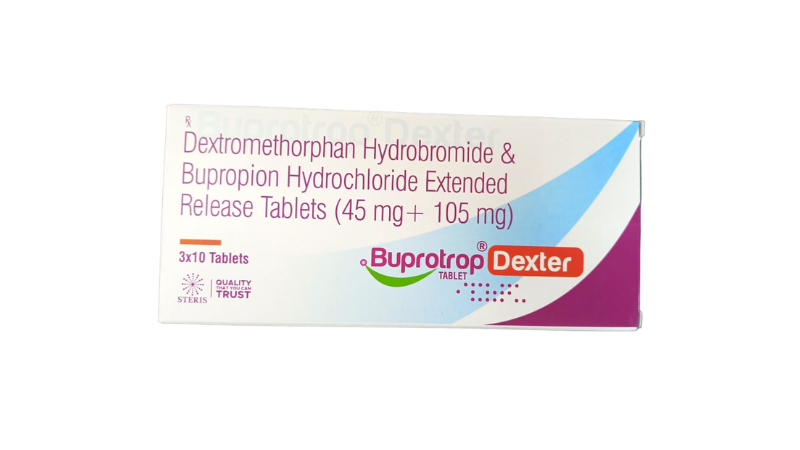
Dextromethorphan Hydrobromide and Bupropion Hydrochloride Tablet – Uses, Dosage, Side Effects

Mirabegron 50 mg Brands in India – Complete Guide to Popular Options

How Long Does Glutathione Take to Work for Skin Whitening?

Methimazole 10 mg–Trusted Anti-Thyroid Medicine by Steris Healthcare
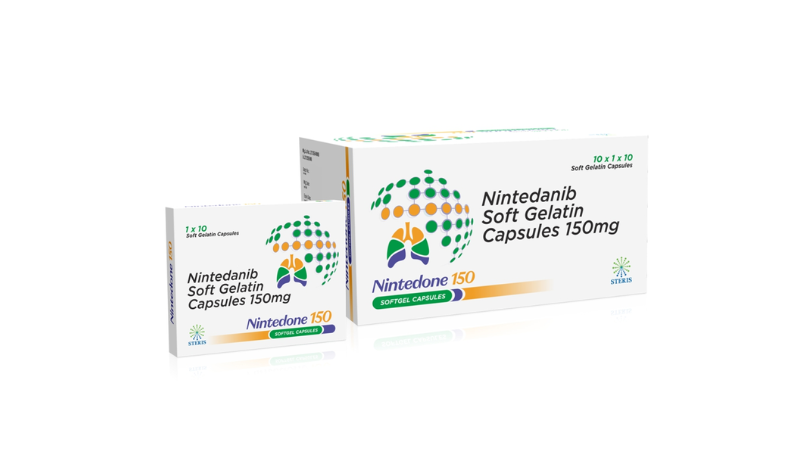
Nintedanib 150 mg Capsule : Uses, Side Effects, Dosage & Price in India
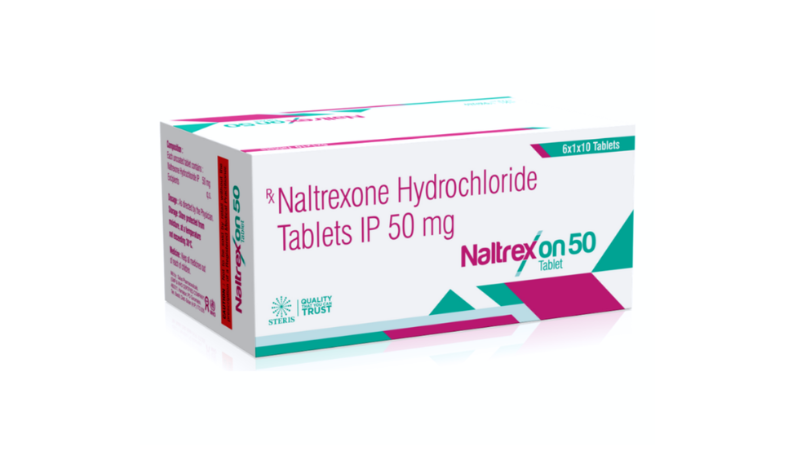
Naltrexone 50 mg Tablet Uses in Hindi | नशा छुड़ाने वाली असरदार दवा
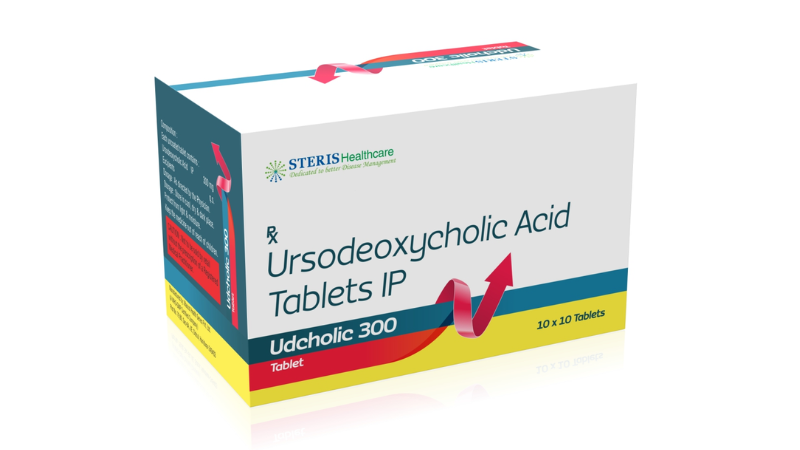
Ursodeoxycholic Acid 300 mg Uses in Hindi – फैटी लिवर, पित्त की पथरी और लीवर रोगों में उपयोग

Eurosoft Collagen Peptides: Your Secret to Youthful Skin, Healthy Joints & Strong Hair
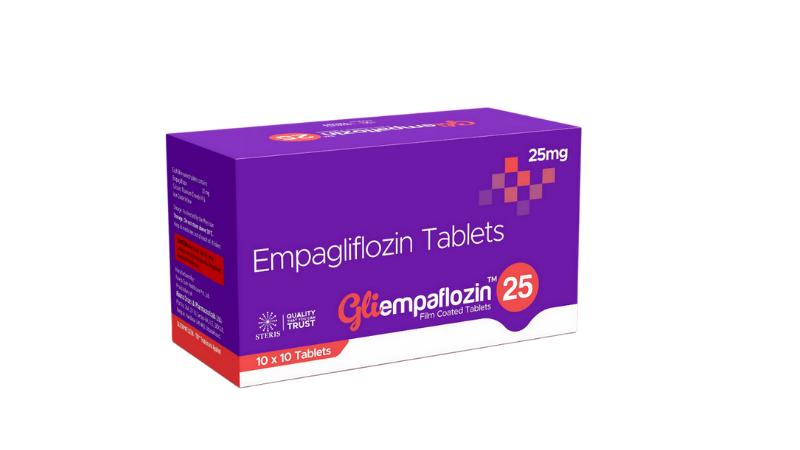
Empagliflozin 25 mg Tablet: Uses, Benefits, Dosage, and Side Effects for Type 2 Diabetes
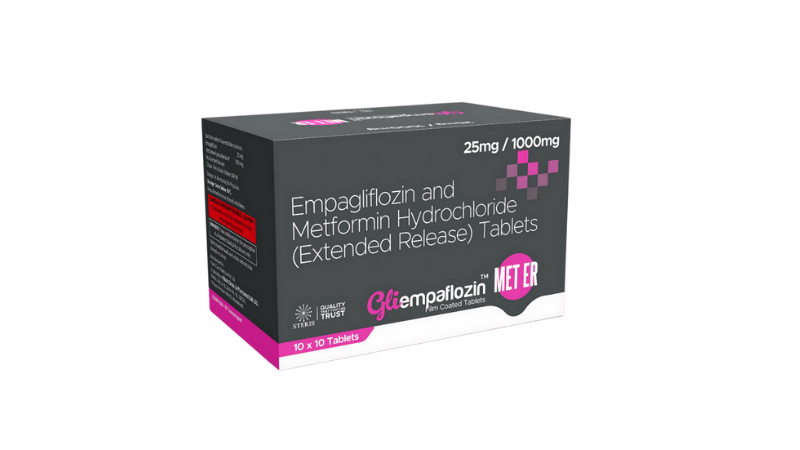
Empagliflozin and Metformin Hydrochloride Tablets Uses, Dosage, and Side Effects

